Stainless steel is one of the best cookware materials and a favorite among chefs around the world. It is incredibly durable and can hold up for years if used and maintained properly. It is also incredibly versatile and can be used for a variety of cooking techniques without getting damaged. But what about baking? Can stainless steel go in the oven? Let’s find out..
- What is Baking?
- Perfect material for baking: Stainless Steel
- Different levels of stainless Steel Cookware
- Tips On How To Use Stainless Steel In The Oven
- Conclusion
1. What is Baking?
Baking is a method of preparing food that uses dry heat, typically in an oven, but can also be done in hot ashes, or on hot stones. It is probably the oldest cooking method. Bakery products, which include bread, rolls, cookies, pies, pastries, and muffins, are usually prepared from flour or meal derived from some form of grain.
Check out the premium range of Meyer Bakeware here
2. Perfect material for baking: Stainless Steel
Stainless steel is sturdy and durable and can withstand high temperatures without getting damaged. We can use stainless steel in the oven, provided that it is made of high-quality steel that does not react with food at high temperatures. You may bake anything without worrying about leaching any harmful chemicals or giving a metallic flavor to your food.
3. Different levels of stainless Steel Cookware:
Single layer: This pan is made up of a single layer of stainless steel. So the pan is much thinner than others. Therefore, these pans are subject to discoloring from burning, and having hot spots when cooking foods. These pans are also subject to warping when overheated, or taken directly from a hot stove to a sink of water. And once warped, it will never sit flat on a surface again.
Many manufacturers will add a “puck” of aluminum to the bottom of the pan to help distribute heat more evenly across the bottom of the pan. This puck will also help to resist warping on the bottom. The pan may also have another layer of stainless steel on the bottom so that the pan can be used on induction burners.
Multi-layer: These pans are made up of a magnetic layer on the outside (so it can be used on induction burners,) an aluminum or copper inside layers in the middle for much better heat conduction across both the bottom and the sides, and then a layer of food-grade stainless on the inside of the pan. The end result is a very high-quality pan that provides much more even heat conduction to avoid hot spots, as well as higher resistance to warping and burning.
4. Tips On How To Use Stainless Steel In The Oven
Don’t Go Over 500°F : Stainless steel is sturdy and durable and can withstand high temperatures without getting damaged. However, extremely high temperatures can damage any type of material, even stainless steel. Therefore, it is best to not exceed the oven temperature over 500°F since it will be too hot for your stainless steel cookware. This shouldn’t be a problem since the normal baking temperature ranges from 375-400°F.
Never Skip Preheating : When stainless steel is cold, it becomes porous, the edges of which cause the food to stick to the surface. Preheating causes the stainless-steel cookware to expand, closing the pores and creating a smooth surface to cook your food in, which is why you must never skip preheating your stainless-steel pots and pans before baking.
Preheating stainless steel is very important and must be done the right way : To know if your pot or pan is hot enough, do a simple water drop test. To do so, wait until the rim of the pan is hot, and then add a few drops of water. If the droplets stay in a ball and roll around the pan, it is ready.
Two other important things to note are that your stainless-steel cookware can go from perfectly preheated to overheated very quickly, which is why it is advised to have your ingredients ready before you preheat it.
it. Secondly, always oil after preheating because if you add it when the pan or pot is cold, it will sink into the pores on the surface.
So, wait until it is properly heated before adding in some oil, and make sure to swirl it around to cover the surface of the pan.
5. Conclusion:
Stainless steel is generally oven-safe; however, to avoid any mishaps such as the pot or pan breaking, splitting, or melting, you must choose the best-grade stainless steel and use suitable oven temperatures. Meyer Stainless Steel Cookware is 100% Nickel Free and a thick Stainless Steel from Nippon Steel Corp JAPAN with ZERO harmful chemicals or coatings and is completely safe for your cooking. It doesn’t react with food at high temperatures.
However, we need to be careful with regards to the handles as some stainless-steel cookware comes with handles made of wood, plastic, or silicone. While this may add to its aesthetic appeal and make it easier to touch when it’s hot, it is not safe to put in the oven. So, always check the details and instructions given by the manufacturer before placing your stainless steel cookware in the oven.
Check out the premium range of Nickel-Free Stainless Steel Cookware here

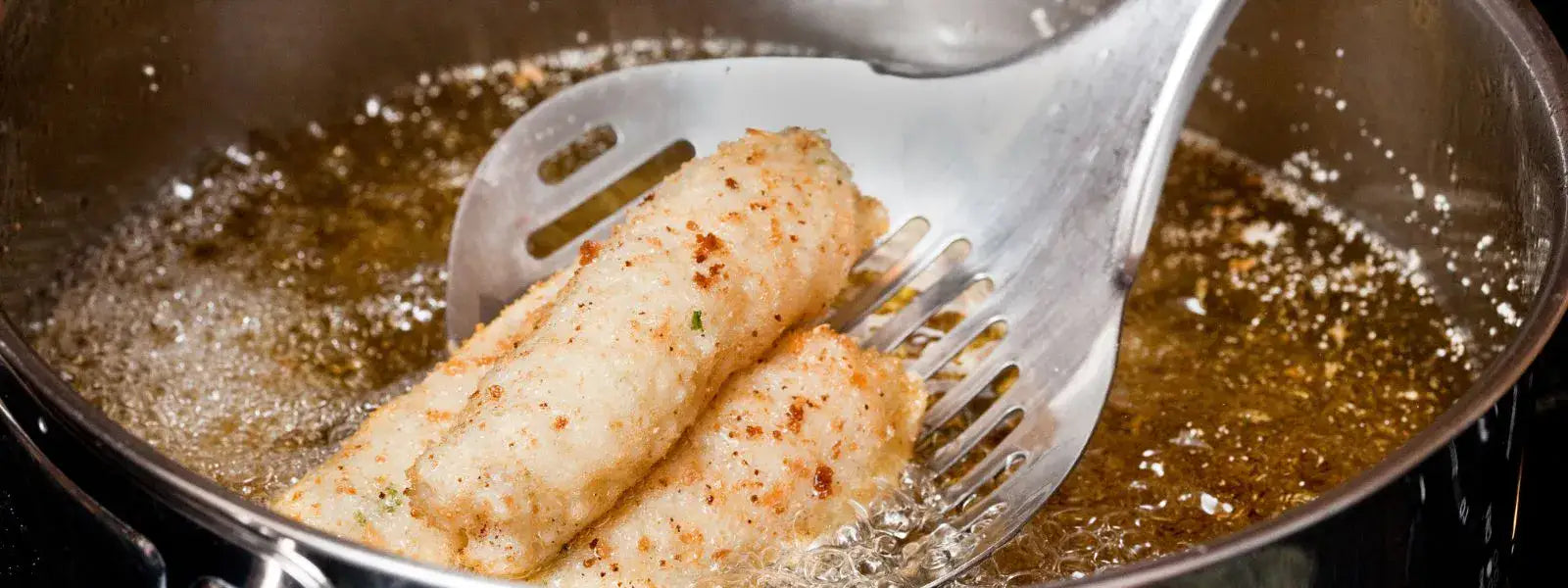
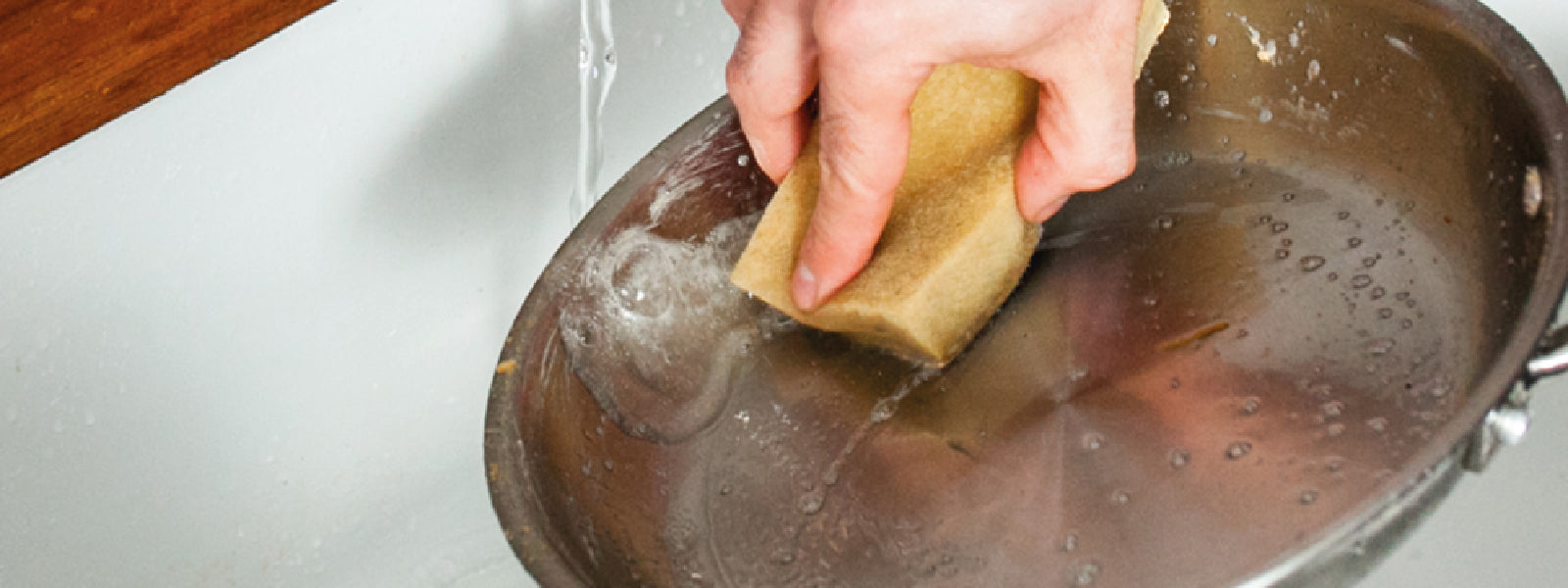

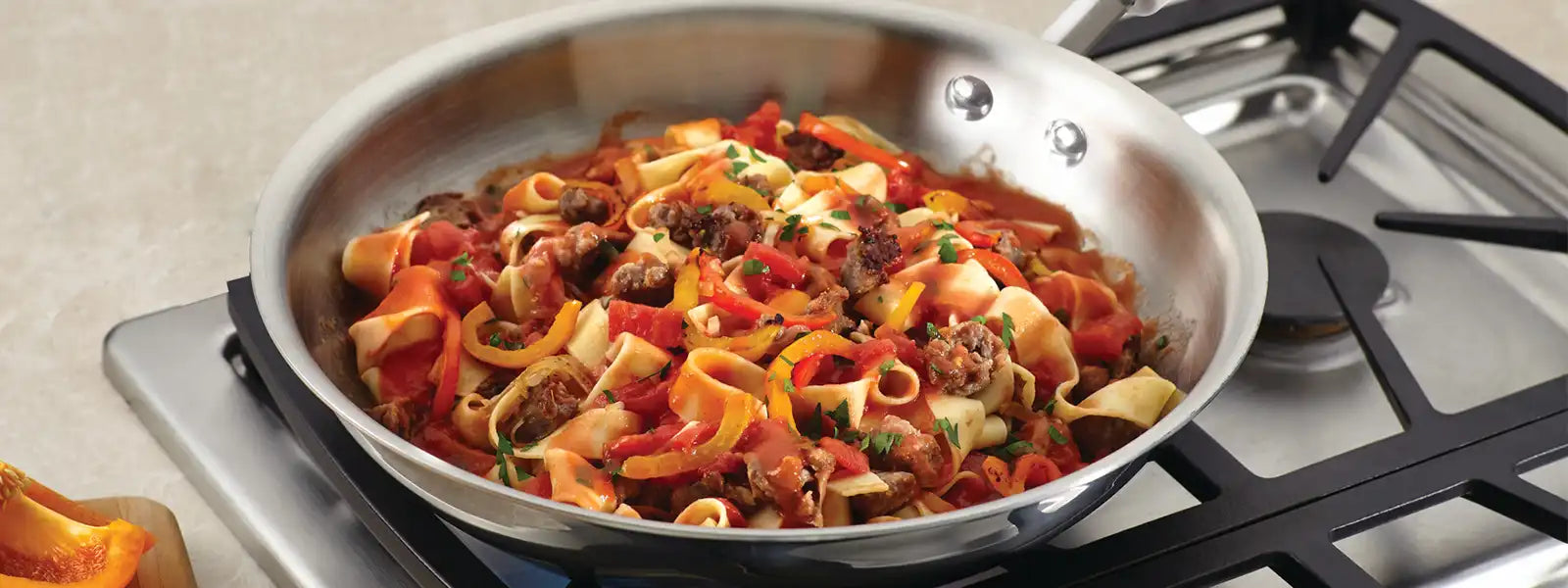
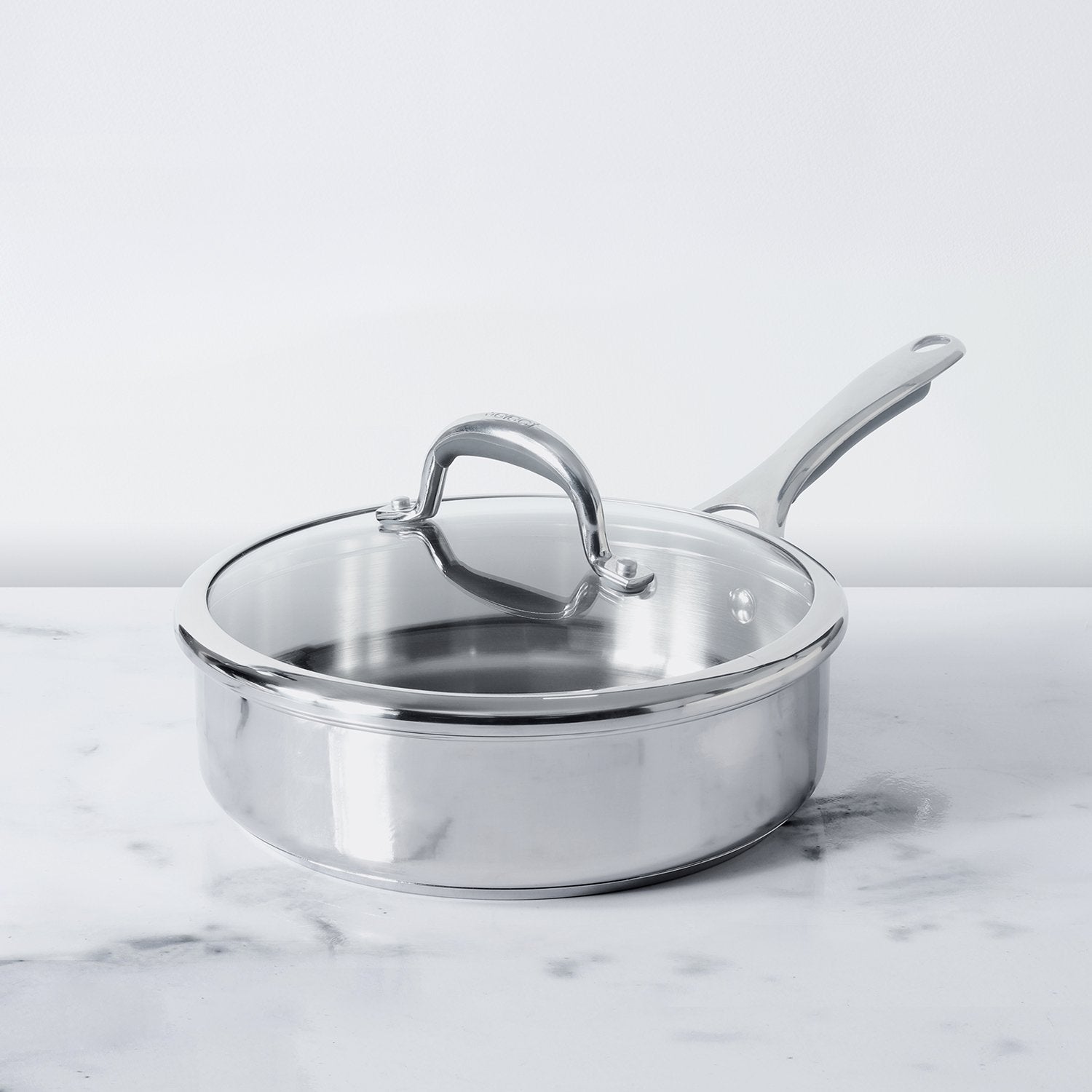
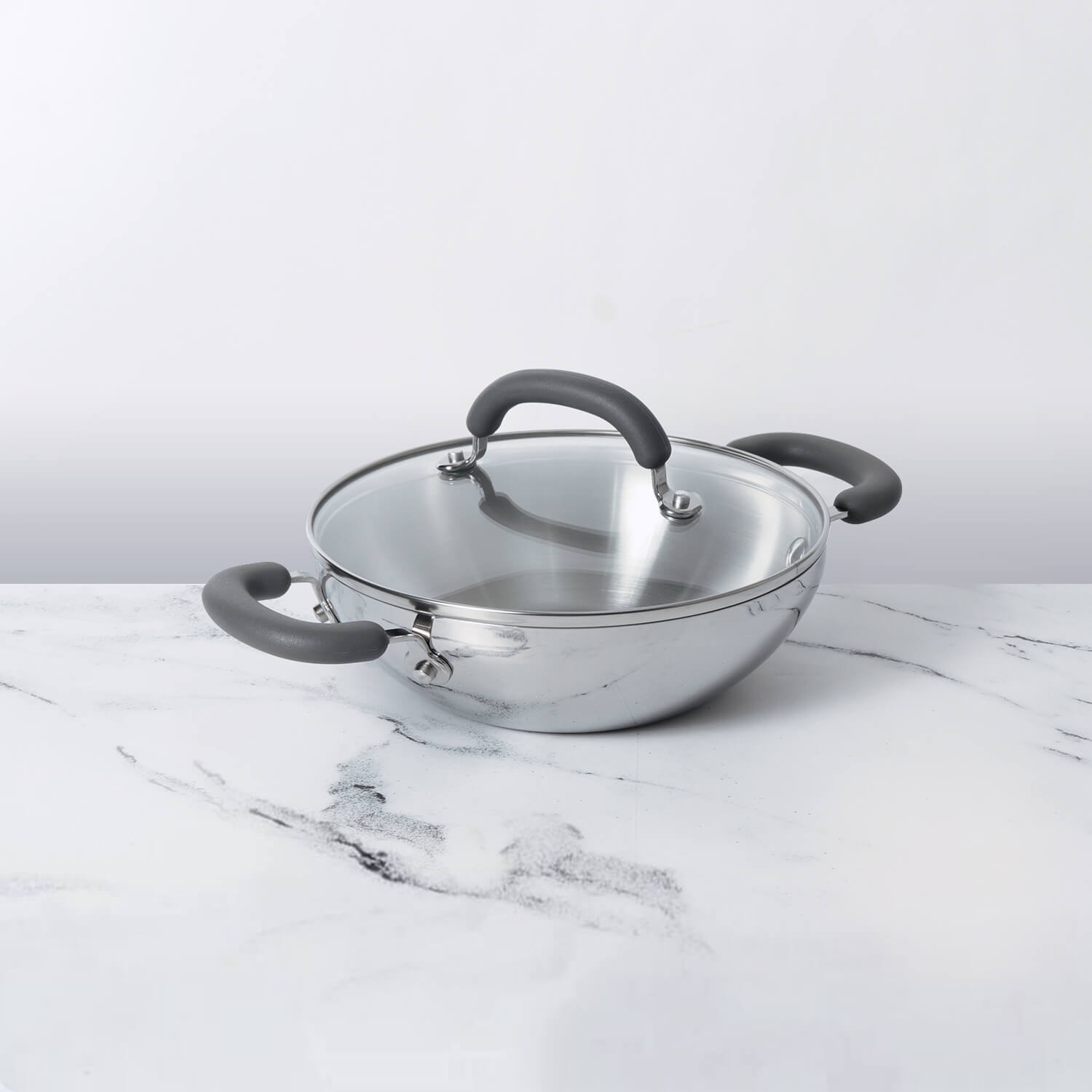




Leave a comment